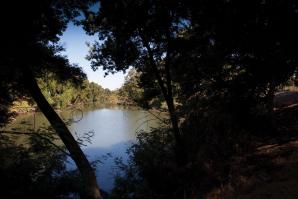
Peripheral Vision
Can state and federal officials agree on comprehensive reform before it's too late?
For centuries, the biggest environmental concern for most California water users was how to squeeze every last drop from nature. While a wet year might shift concerns to flood control, grab-as-grab-can gusto came back almost as soon as the waters receded. But that was then. Today, environmental concerns are center stage in the state’s ongoing effort to reform its water system.
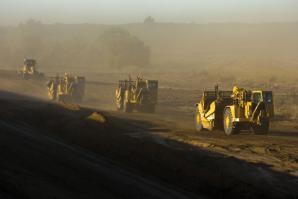
Ring of Mire
Yuba doesn't wait for the feds to tackle flood protection
Yuba County officials knew they couldn’t rely on federal money to improve their levees. Historically, the federal government has provided the bulk of money for flood protection, but it can take 10 to 20 years to receive it. So Yuba County, a mostly agricultural county of nearly 73,000 people 30 miles north of Sacramento, developed a plan to fund levee improvements itself.

Delta Vision
Phil Isenberg on the state's water policy
Phil Isenberg, a longtime environmental advocate and former Sacramento mayor and state assemblyman, will lead the Delta Vision Blue Ribbon Task Force. We sat down with him recently to talk about the state’s efforts to bring its water system into the 21st century.
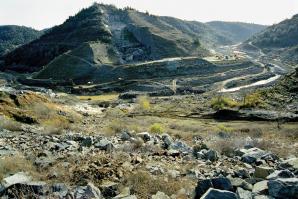
Wall of Worry
The (almost) rise and fall of the Auburn dam
More than four decades after it was proposed, the Auburn dam still draws conflicting opinions about why it was doomed.
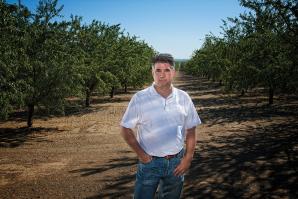
A General Plan
Yolo's balance of economic growth and agricultural preservation
From the corner of Pedrick Road and West Kentucky Avenue in Woodland, tomato fields stretch to the east. It’s a contrast to the scene of subdivisions to the west. The juxtaposition of plants and people marks where the city ends and the unincorporated area begins.
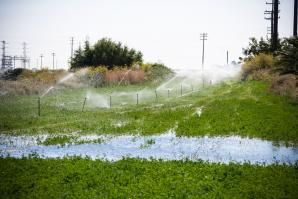
Spending Water Like Money
When conservation alone can't solve the state's water problems
For many environmentalists and residents of the Sacramento-San Joaquin Delta, the solution to California’s water supply sounds brilliant in its simplicity: Use less than we do now, particularly in areas of the state that have precious little of their own to begin with, thereby eliminating the need for spending billions of dollars on new water storage. But don’t try selling that idea to the bulk of California’s most powerful water stakeholders, many of whom contend that all the low-flow toilets and drip irrigation systems in the world won’t mean much without more dams and reservoirs to capture water during wet years and reap the benefits in dry times.
Water Wars
Sacramento-San Joaquin Delta
For nearly 50 years California boasted the nation’s largest, most successful water system. Water flowed through the Gov. Edmund G. Brown California Aqueduct to San Joaquin Valley farms and southern California homes.
Water Store
Planning for a collection of regions with different needs
California’s water supply largely depends on the capacity of dams, reservoirs and pipelines built in the past century. These days, however, water utilities are increasingly using conservation and efficiency measures to manage supplies.
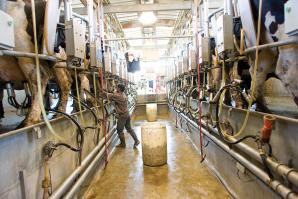
Milking Profits
Can the state's dairy industry make happy cows profitable?
Wearing coveralls and galoshes caked in manure and mud, a father and son attach suction devices to the teats of ailing cows.
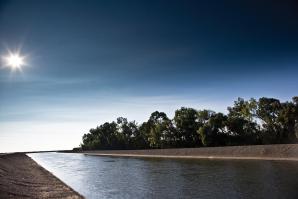
Hydrating the System
The state's water woes and its faltering economy
Most recognized California as “the Golden State” long before lawmakers adopted the official nickname in 1968. But while California’s standing as the land of big ideas and golden opportunities is well-earned, so too is its recent reputation as a state in perpetual crisis. In few places is this more evident than the state’s ongoing debate over its aging and unsustainable water management system.


